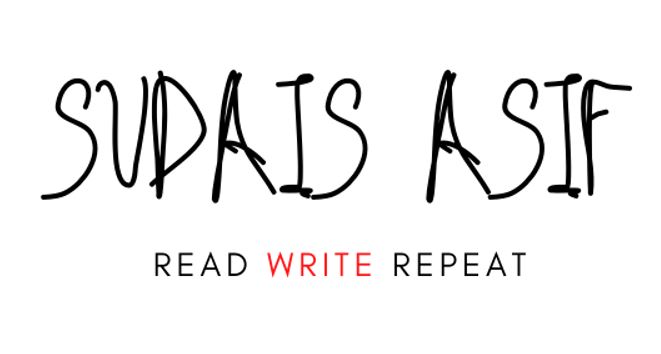Election time is usually ablaze with hefty spending. Politicians aim to reach their constituent population by any means. With this, we have printing business pretty happy by the sudden surge of demand for pamphlets, banners, flexes, and whatnot.
All of this falls under the banner of “campaign financing.“This by no means is wrong. However, when constrained within the limitations posed by the Election Commission of Pakistan.
For the unfamiliar, the ECP has set a limit on the amount a political candidate can spend for all election activities. Currently, this is PKR 40 Lakh for National Assembly candidates and PKR 20 Lakh for Provincial Assembly candidates.
Now to start off with the problems inherent in this limit, what is the GDP per capita of Pakistan?
$1,547.85 as per 2017 which equates to PKR 218,943.38.
The stark difference between this amount and the limits set politely inform us of a darker truth: elections are not for the lower classes, they are for the upper middle and ultra-rich classes who can easily afford such sizable amounts. If one was to argue that a common man can fund-raise, what guarantees his ability to do so especially when it is hard to attract a following initially unless one possesses fame?
Secondly, let’s assume that a candidate manages to gather such an amount. Despite this, does he in actuality have any hope keeping in mind that political candidates frequently violate these spending limits? According to Imdad Hussain from Pakistan Today,
68,000,000,000/272 = 250,000,000 = PKR Two Hundred Fifty Million per candidate.
How can a common man participate in these elections? Passed off as democratic, in reality, they are anything but so. They do allow the people to elect candidates but not be those candidates unless you stem from a privileged family.
What is the reason for the breach of these limits?
Many politicians have reported that high inflation coupled with the high costs does not allow them to remain within the limits. Fair enough, then why don’t we increase the number of constituencies? It would reduce the effort required to cover a certain area, not only allowing our current elite class of political candidates to remain within the limits set but also allow less privileged people to step into the political arena.
Before, we discuss how it can be done, a little bit of history:
- At the start during General Yahya Khan’s tenure, we had 138 constituencies.
- The 1973 constitution raised them to 200 proportionately to the population.
- General Zia-ul-Haq raised the number to 207 seats with a – wait for it – dictatorial presidential order.
- General Pervaiz Musharraf added 65 new seats raising the total constituencies to 272.
While all of the above changes were not dictated by a set of rules, in 2017 the Elections Act was passed which brought forward a piece of legislation which can be used for this purpose. However, despite politicians not being able to meddle in the drawing of constituencies due to the act, the act’s rules in themselves remain a big source of injustice. As an example, Tahir Mehdi from the Herald states,
…the neighboring districts of Bannu and Tank in Khyber Pakhtunkhwa. Both were allocated one seat each in the National Assembly even though Bannu has a population of 1.2 million and Tank only has 400,000 people.
This confirms our notion of elections being expensive due to the large size of delimitations which requires a change in the way they are formed. Despite census results being used, the total number of inhabitants that qualify for a constituency need to be reduced.
By implementing these changes – both for election spending limits and constituency sizes – we can ensure that our next generation of politicians won’t be the same elitists stemming from the big 3 political parties.

